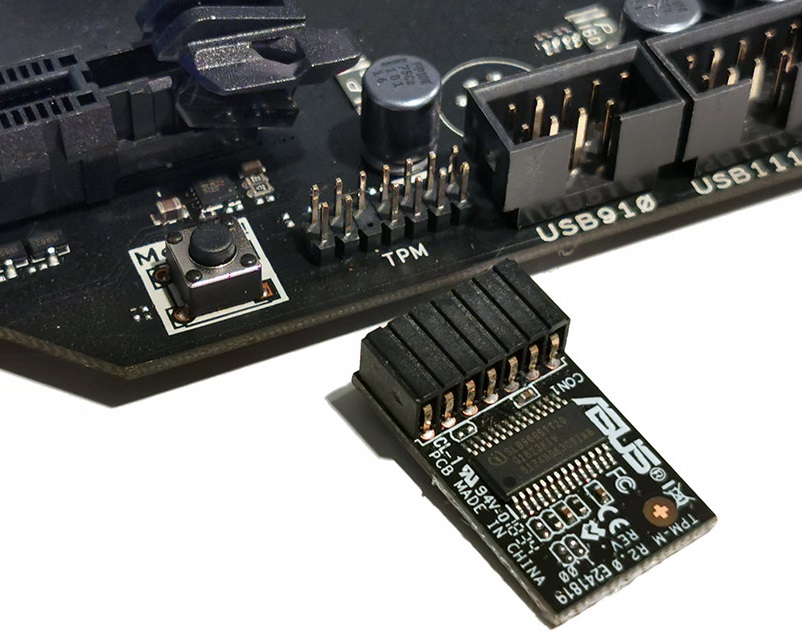The TPM creates encryption keys and keeps a portion of them for itself. As a result, whether you use BitLocker encryption or device encryption on a computer with the TPM, a portion of the key is stored in the TPM rather than on the disc.
It’s best recognized as a security feature for PCs, particularly for corporate laptops and desktops.
Even if your laptop has a TPM, you might be shocked to learn that it exists. I was surprised to learn that the PC I’ve been using to stream on Twitch, the wonderful Acer ConceptD 7 Ezel, had a TPM 2.0 chip and can run Windows 11.
Function of Trusted Platform Module(TPM)
- -Cryptographic keys should be generated, stored, and used with caution.
- -By capturing and storing security measurements, you may help to ensure the platform’s integrity.
- -Use TPM technology to authenticate platform devices by utilizing the TPM’s unique RSA key, which is burnt into the device.
The TPM requirement in Windows 11 is puzzling everyone
First and foremost, we must discuss the current state of the Windows Insider program. According to Microsoft, PCs that can’t run Windows 11 or don’t match the minimum specifications will be granted limited exclusions. So, if you’re a Windows Insider installing Windows 10 Dev Channel builds and your PC doesn’t fulfill the criteria for Windows 11 or doesn’t have a TPM 2.0 chip, you’ll still be able to install it.
The Trusted Platform Module (TPM) 2.0 requirement is the source of all the complications. TPM 2.0 has been required in Windows systems since 2016, so if your Windows laptop was launched after late 2016, you’ll have it. This is more of a problem for desktop users who update less regularly.

A firmware-based TPM, which Intel and AMD have incorporated into their CPUs, can also meet the TPM 2.0 criteria. Again, this is mostly a desktop issue, but if you need to double-check, look for AMD CPU fTPM or Intel Platform Trust Technology (IPTT) in BIOS and make sure it’s activated.
More OF Windows 11
The recollection is the subject of the other alteration. Windows 11 demands a minimum of 4GB of RAM and 64GB of PC storage, up from 1GB of RAM and 32GB of storage in Windows 10.
Graphics and display needs are increasing as well. A graphics card or CPU compatible with DirectX 12, which was released in 2015, is required to run Windows 11. The system must also be linked to a monitor with a minimum resolution of 720p. Windows 10, on the other hand, required a GPU that supported DirectX 9 and a display with a resolution of 800 by 600 pixels.
To complete device setup on the first usage, Windows 11 Home edition requires internet access and a Microsoft account. Switching out of Windows 11 Home in S mode also need internet access. Internet connectivity is necessary for all Windows 11 versions in order to execute updates and download and use some features. Some functions need the use of a Microsoft account.
Here is launch event video for windows 11 from YouTube:
keep supporting gotechies

